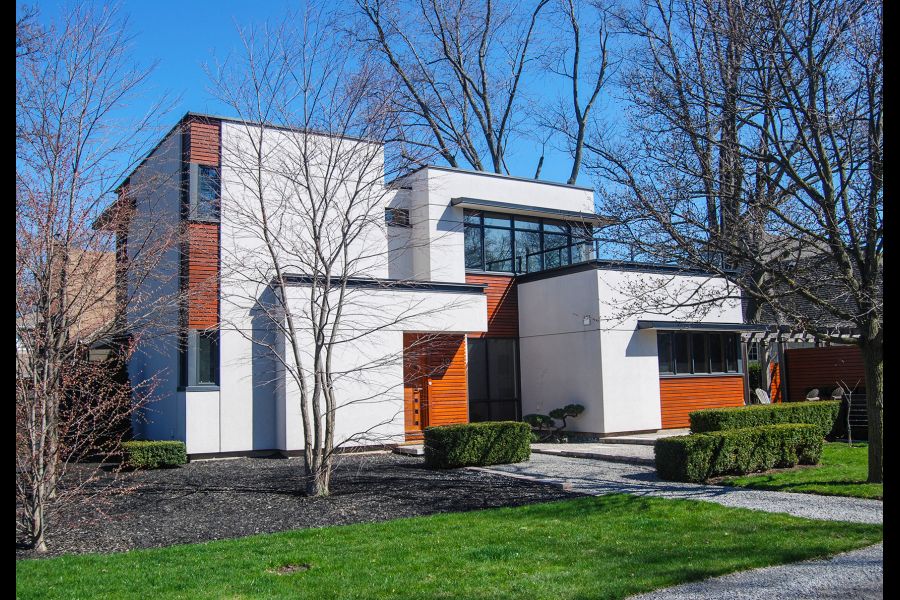Architecture is a reflection of the prevailing socio-political-economic attitudes of society.
As society changes, so too should architecture if it wishes to have relevance and be supportive of contemporary lifestyles.
Bluntly, there are very few folks reading this column that could happily live in an unaltered early 19th-century house wherein every room had a function and each room had a door that was kept closed to ensure separation.
An open-concept interior would have been anathema in the Georgian era, just as seeing a kitchen would have been shocking to the average Victorian. Their homes, both interior and exterior, displayed society’s mores.
That said, allow me to state in unequivocal terms that, with the general exception of the Millennium Mansion, there is not an architectural style I do not appreciate. Set in the correct context and properly executed by a talented designer, every style yields admirable architecture.
Canada’s architectural legacy has evolved and should continue to evolve in keeping with societal change. Any attempt to limit that evolution could easily result in an architectural landscape better suited to being a museum exhibit rather than a living, growing town.
However, that is not meant to suggest I believe in “anything goes and allow survival of the fittest to prevail.” A poor design (or a brilliant design set in the wrong context) can have a negative impact on streetscape and neighbourhood that lasts for decades.
It is my experience that every truly exceptional architect will evaluate context before putting a pencil to paper. He or she will walk the neighbourhood, thoroughly understand the streetscape and, finally, the lot itself prior to even thinking about design. I have seen these individuals turn down a commission because the client’s vision was not compatible with the context.
Unfortunately, this often resulted in the commission going to an architect willing to make that mistake, to the detriment of both the neighbours and the new build.
As a result, I have come to believe that architectural guidelines are the best safeguard a community has to ensure new builds, infills and major exterior alterations to existing houses are compatibly integrated within the streetscape.
To be clear, it is not my position that guidelines (with the exception of heritage applications) should be used to limit creative design expression nor dictate conformity to certain architectural styles, but rather to conserve the contextual integrity of a street or neighbourhood.
I have seen 21st-century Modern homes “work” within a traditional streetscape far more effectively than the Ranch bungalow a few doors down.










